This set of Environmental Biotechnology Multiple Choice Questions & Answers (MCQs) focuses on “Aerobic Treatment of Solid Wastes – Composting – 2”.
1. Which of the following factor affects microbial activity during composting?
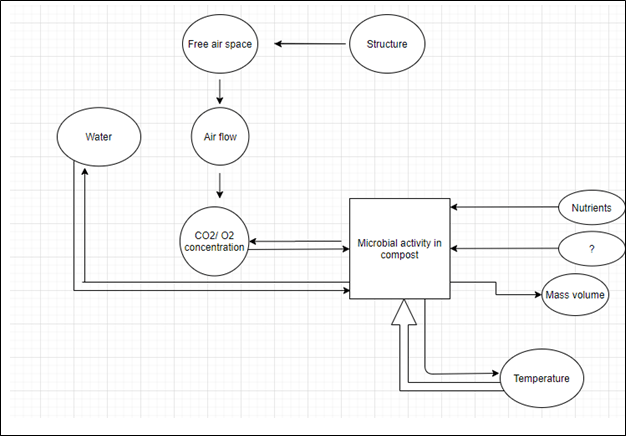
a) pH
b) Time
c) Decomposing rate
d) Burning
View Answer
Explanation: Microorganisms need sufficient free water, adequate amount of carbon and nitrogen, gas exchange and various other factors like gaseous exchange and optimum level of carbon dioxide and oxygen and temperature which is relative of pH changes. But time is independent of microbial activity and decomposing rate is result of microbial activity and not vice-versa, whereas, burning is not used in this process.
2. Which of the following is not a type of Non-reactor composting system?
a)
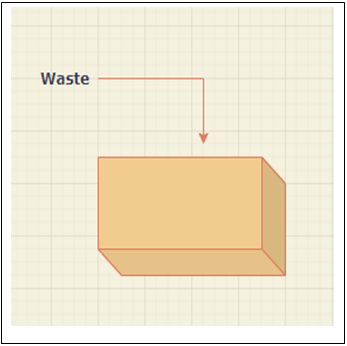
b)
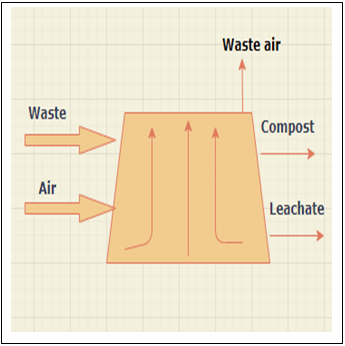
c)
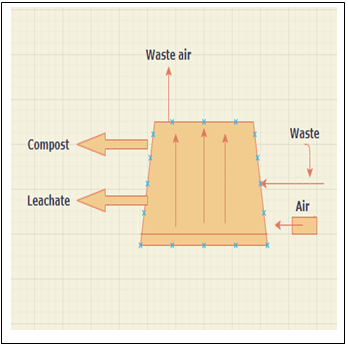
d)
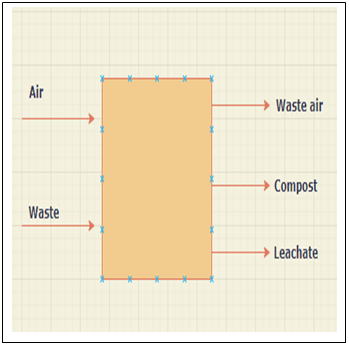
View Answer
Explanation: The horizontal reactor with static bed is not a type of Non-reactor composting system and therefore, is a type of reactor system, whereas rest are the reactor system of field composting, windrow composting and windrow composting with forced aeration, all of these are non-reactor composting systems.
3. Non-reactor system is a classification of the composting systems.
a) True
b) False
View Answer
Explanation: Non-reactor system and reactor system are two classification of the composting systems used for composting of the domestic waste and the urban waste that is industrial waste, hospital waste etc. Today, these two types of reactor systems are used to process the wastes generated in daily basis by composting method.
4. Which of the following is not a type of reactor system used for microbial composting?
a) Rotating drum
b) Horizontal reactor
c) Vertical reactor
d) Field composting
View Answer
Explanation: Field composting and windrow composting is a type of non-reactor system of classification of the composting systems, whereas, rotating drum, horizontal reactor, vertical reactor is the three major type of reactor system used for microbial composting.
5. Which of the following methods is the simplest way of microbial composting?
a) Field composting
b) Vertical reactor
c) Horizontal reactor
d) Windrow composting
View Answer
Explanation: Field composting and windrow composting, both the types are non-reactor systems of the composting systems and field composting is the simplest way of microbial composting which takes place in a very thin layer above the soil surface, whereas horizontal reactor, vertical reactor are major types of reactor system for microbial composting.
6. Which of the following is the correct curve with respect to composting process?
a)
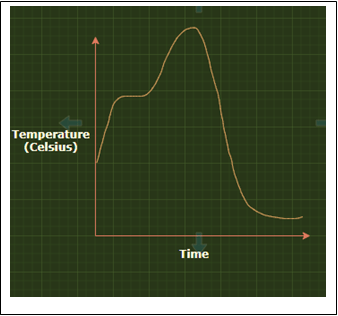
b)
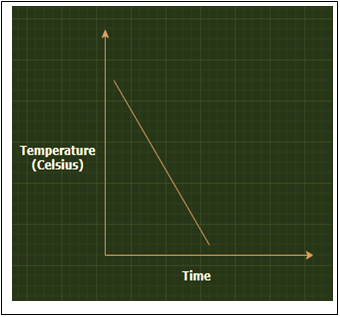
c)
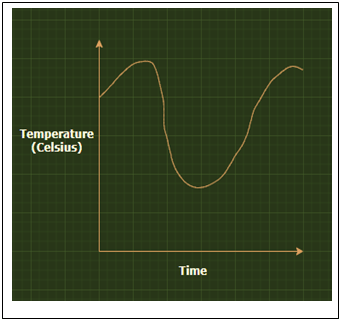
d)
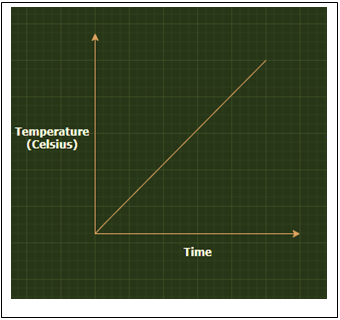
View Answer
Explanation: During microbial composting, the temperature increase to 70°© during the short lag phase, at 40°© there is a lag and then after reaching a maximum temperature slowly drops. The temperature curve depends on a lot of factors like air temperature, carbon to nitrogen ratio, volume etc., so, the curve with short lag phase and gradually a decline phase is the correct curve, however, is not possible to have a curve where time is negative, rest curves are not the correct explanation with respect to composting process, also, straight line curve is not at all possible with respect to composting process.
7. Which of the following methods doesn’t use thermal disinfection method?
a) Field composting
b) Windrow composting
c) Vertical reactor
d) Horizontal reactor
View Answer
Explanation: Field composting doesn’t use thermal disinfection method as it lacks self-heating mechanism due to its exposure to a larger surface area and the waste having sanitation problem cannot be used for composting in this method, whereas, windrow composting is a type of non-reactor system of the composting systems and horizontal reactor, vertical reactor are major types of reactor system for microbial composting.
8. Which non-reactor system serves as a direct contact between the waste and the atmosphere?
a) Windrow composting
b) Vertical reactor
c) Rotating drum
d) Horizontal reactor
View Answer
Explanation: Windrow composting can influence the atmosphere by emitting a lot of gases like the greenhouse gases and odor but rotating drum, horizontal reactor and vertical reactor system are three major types of reactor system used for microbial composting.
9. Which of the following methods are not the result of windrow composting when the wastes are distributed?
a) Homogenization
b) Landfill sealing
c) Reintroducing free air space
d) Increased evaporation
View Answer
Explanation: Reintroducing free air space, increased evaporation and homogenization to kill pathogenic microbes leads to high quality compost which is ensured by windrow composting when the wastes are distributed, whereas, landfill sealing is an environmental monitoring method used for measuring the landfill process efficacy in a long term basis.
10. Reactor composting leads to forced exchange of gases.
a) True
b) False
View Answer
Explanation: Reactor composting is often carried out in a closed vessel or reactor which has outlets and inlets for exchange of gases, hence, forced exchange of gases takes place. Reactor composting is classified into several types such as, vertical reactor, rotating drum, horizontal reactor on basis of material flow pattern.
11. Which of the following has a helical ridge?
a) Vertical reactor
b) Rotating drum
c) Horizontal reactor
d) Recycling
View Answer
Explanation: Rotating drum has helical ridges on the inside which transports the waste in a helical manner with forced aeration and the mixing starts intensively which is then followed by self-heating, whereas, in vertical reactor, waste flows vertically, waste is loaded in a horizontal reactor with a wheel loader, and recycling is used to recycle the wastes and not produce compost.
12. Which of the following has a vertical flow of waste in a reactor system?
a) Vertical reactor
b) Rotating drum
c) Horizontal reactor
d) Windrow composting
View Answer
Explanation: In vertical reactor, the waste flows vertically with mass flow in a vertical direction, rotating drum with helical ridges can transport the waste in a helical manner, whereas, windrow composting is a type of non-reactor system used for composting systems where the waste material is in direct contact with atmosphere, and waste is loaded into a horizontal reactor composting system with a wheel loader.
Sanfoundry Global Education & Learning Series – Environmental Biotechnology.
To practice all areas of Environmental Biotechnology, here is complete set of 1000+ Multiple Choice Questions and Answers.
If you find a mistake in question / option / answer, kindly take a screenshot and email to [email protected]
- Apply for Biotechnology Internship
- Check Biotechnology Books
- Practice Biotechnology MCQs
- Check Environmental Biotechnology Books
